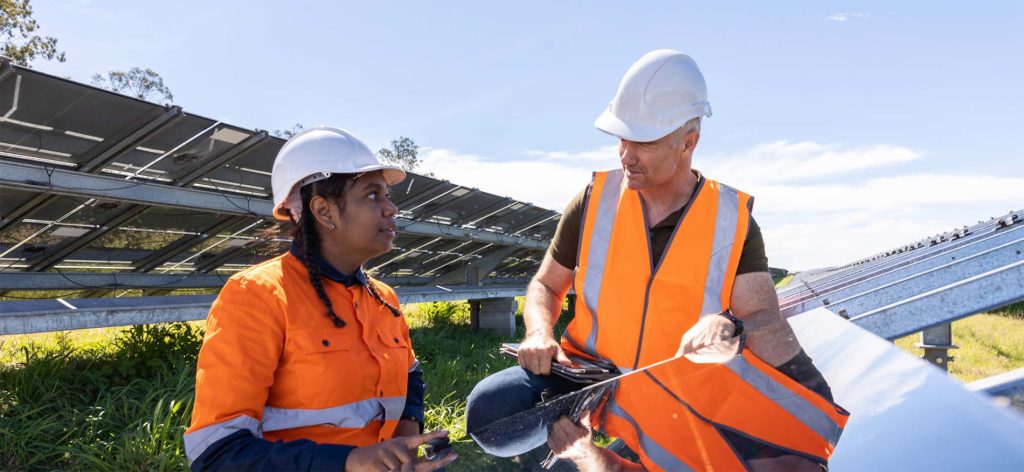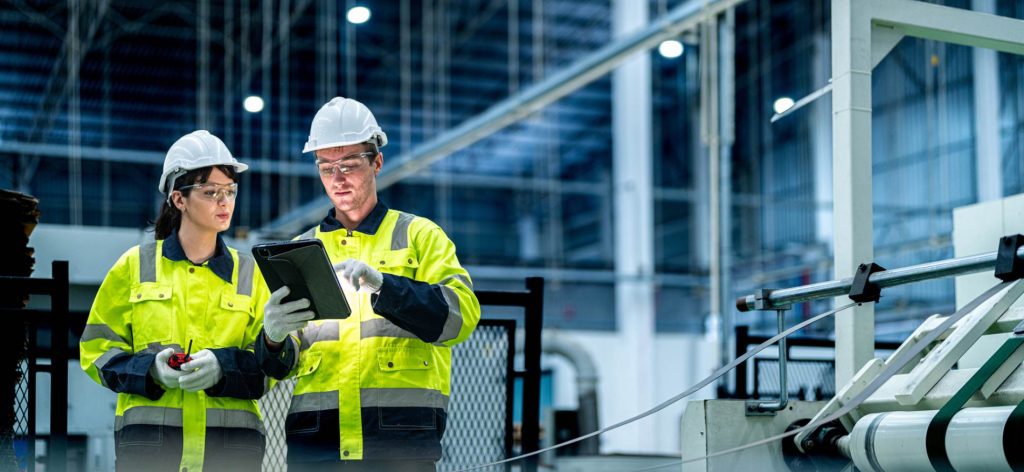Insights on manufacturing’s labour market 2022-2025: An industry snapshot series
Following our update on Australia’s unemployment and recruitment trends, we’ve taken a deeper dive to consider other trends related specifically to the manufacturing industry. A quick snapshot of today’s manufacturing recruitment trends: Candidate availability on SEEK is low today compared to the last five years SEEK Job ads over Feb 2022 – Apr 2022 in…
Following our update on Australia’s unemployment and recruitment trends, we’ve taken a deeper dive to consider other trends related specifically to the manufacturing industry.
A quick snapshot of today’s manufacturing recruitment trends:
- Candidate availability on SEEK is low today compared to the last five years
- SEEK Job ads over Feb 2022 – Apr 2022 in the manufacturing sector grew by 40.3% compared to the same time last year, with the largest growth seen in NSW
- Indeed reported a 142.6% increase in job ad postings in Jul compared to Feb 2020
- Average salaries grew by 6.4% in Feb 2022 – Apr 2022 compared to the same time last year with all subsectors having an increase
- Two of the top 10 growing occupation groups reported by Indeed were Mechanical Engineering and Electrical Engineering which grew by 22.2% and 19.3% from March 2022 to June 2022, respectively
As stated in our previous update, employers will face the candidate short market for another two years before conditions begin to change. In addition to tight market conditions, there are specific employment market challenges that manufacturing business should consider when structuring their workforce.
Manufacturing jobs and skills at risk of automation and those that aren’t
Roles that have the weakest projected employment growth are those whose work consists greatly of routine tasks that can be automated. A report by AlphaBeta stated that 2-4% of people in Australia could lose their jobs and be un-hireable if their employers do not invest in their upskilling or if they do not upskill themselves.
The National Skills Commission states that employment is expected to decline in some manufacturing roles across skill levels 3, 4 and 5, including:
- Engineering production workers -8.0%
- Plastics and rubber production machine operators -10.8%
- Timber and wood process workers -14.9%
- Metal engineering process workers -10.1%%
- Clothing trades workers -7.7%
- Wood machinists and other wood trades workers -14.2%
- Print finishers and screen printers -11.2%
Production process and machinery
Production process and machinery skills as a whole are expected to have low growth of 3.5% over the following years up to 2025. Although, some skills within this set are projected to have significant growth. These include:
- Designing, repairing, or fabricating medical equipment (11.2%)
- Technical design and processes development (9.6%)
- Performing maintenance or inspections (6.6%)
- Repairing equipment and electronics (6.6%)
Responding to automation and leveraging its capabilities in manufacturing
A common theme is that skills of the future will respond to the increasingly digital world. Employers will need to adapt to these changes to ensure they can confidently identify qualified candidates for their roles. Employers without the ability to do so will see their businesses fall behind.
The National Skills Commission has collectively categorised major skills that will be needed in the future as the ‘ Four C’s ’. These include:
- Care – skills that respond to demographic and health challenges
- Computing – specialised technical skills that respond to the digital landscape
- Cognitive abilities – higher order and advanced reasoning skills that cannot be replaced by technology
- Communication – skills that help employees collaborate and engage within the workplace
McKinsey & Company predicted that between 25 to 46% of work in Australia could be automated by 2030. Employers who do not upskill their current employees could see a large reduction of their workforce in the coming years. While this will help businesses cut costs, the lost opportunity of not upskilling current employees will be a greater loss for the business.
Risks of underinvesting in upskilling
There are two parts to this loss: not adapting the current workforce to new technology for improved efficiency; and paying for the costs of hiring employees to suit the new nature of work.
Upskilling employees to adapt to introduced technology will improve overall productivity and increase employee engagement. Especially in an industry such as manufacturing where much of the workforce is susceptible to losing their jobs due to automation. For example, one study by Bankwest and Curtin University found the most precarious roles were labourers and machinery operators. Businesses should invest in upskilling current employees who they already know are reliable and fit the organisation’s culture.
As for the costs of hiring, studies have found that rehiring to replace an employee can cost a business approximately 30% of the salary of the replaced employee. These costs include job advertisements, time to sort through and source candidates, time to interview, training, onboarding and so much more. On top of this, there is currently a shortage of many of the skills needed to respond to the digital landscape.
Hiring for specialist and STEM roles will be a priority
Employers of STEM manufacturing roles should reconfigure recruitment strategies to meet future demands. Reflecting predictions of high demand for the first ‘C’ skill, ‘Care’, the National Skills Commission predicts STEM occupations to grow by 12.9% by 2025. This is above the average projected employment growth of all role types of 7.8%.
For a further breakdown of specific skills shortages and future demand, check out the Skills Priority List section of our Candidate Market Snapshot here .
Otherwise, if you’d rather speak to one of our specialist consultants, fill out the form on this page and we’ll be in touch.
Sources: National Skills Commission; SEEK; Indeed; ABS; Labour Market Insights 2022







